Today is Tuesday, July 21, 21:00 p.m. For some of you, this may mean the perfect time to go to bed, but on our magazine we regularly publish the traditional summary of the day from the world of information technology at this time. Today we will look together at a total of three news items, some of which will be related to the news that we published in yesterday's summary. Overall, this roundup will focus mainly on mobile chips, 5G technology and TSMC. So let's get straight to the point.
It could be interest you

Check out the latest Snapdragon processor
Among the most powerful mobile processors in the Apple world is the Apple A13 Bionic, which can be found in the latest iPhones 11 and 11 Pro (Max). If we look at the world of Android, the throne is occupied by processors from Qualcomm, which bear the name Snapdragon. Until recently, the most powerful processor in the world of Android phones was the Qualcomm Snapdragon 865. However, Qualcomm has come up with an improved version of the Snapdragon 865+, which offers even more performance than the original. Specifically, this mobile chip will offer eight cores. One of these cores, which is marked as performance, works at a frequency of up to 3.1 GHz. The other three cores are then on the same level in terms of performance and savings and offer a maximum clock speed of up to 2.42 GHz. The remaining four cores are economical and run at a maximum frequency of 1.8 GHz. The Snapdragon 865+ is then equipped with an Adreno 650+ graphics chip. The very first phones with this processor should appear on the market in just a few days. Over time, this processor could appear in phones and tablets from Xiaomi, Asus, Sony, OnePlus and also from Samsung (although not in the European market).
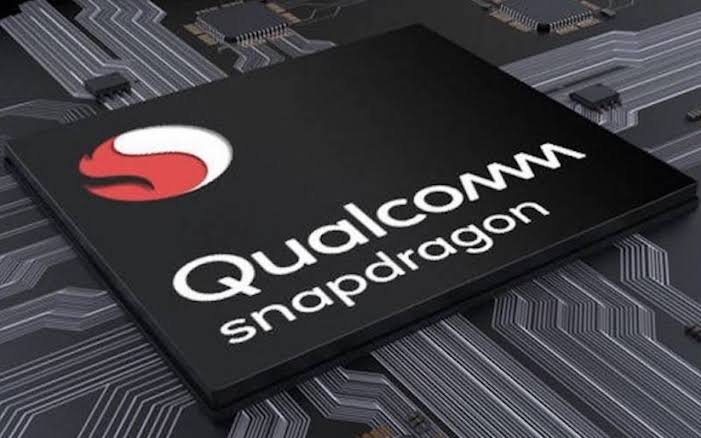
China will retaliate against EU restrictions on Huawei
Recently, there has been a lot of talk in the world of smartphones about the launch of the 5G network. Some tech giants have already released their first smartphones that support the 5G network, although the coverage is still not great. The Wall Street Journal reported that China should introduce certain regulations in the event that the European Union, together with Great Britain, bans Chinese companies (mainly Huawei) from building a 5G network in European countries. Specifically, the regulation should prohibit Nokia and Ericsson from exporting all devices of these companies that will be manufactured in China. The trade war between China and other countries continues. It appears that the United States in particular, and now Europe, simply do not anticipate the consequences and backlash that may come if China is further restricted. It is necessary to realize that the majority of smart devices are manufactured in China, and if China stopped exporting some products, it could definitely hurt American or European companies.
Huawei P40 Pro:
Apple may be the reason why TSMC ended cooperation with Huawei
Ve yesterday's summary we informed you that TSMC, which produces processors for Apple, for example, stops producing processors for Huawei. According to available information, this decision was made on the basis of American sanctions, which Huawei has had to pay for more than a year. If TSMC did not terminate cooperation with Huawei, the company would allegedly lose important clients from the United States of America. However, more information is now leaking to the surface about why TSMC ended its relationship with Huawei - quite possibly Apple is to blame. If you didn't miss the WWDC20 conference a few weeks ago, you definitely noticed the term Apple Silicon. If you didn't watch the conference, Apple announced the start of the transition to its own ARM processors for all of its computers. This transition should last about two years, during which all Apple Macs and MacBooks should run on Apple's own ARM processors - and who else should make chips for Apple but TSMC. It is quite possible that TSMC decided to cut off Huawei precisely because the offer from Apple is much more interesting and certainly more profitable.
It could be interest you

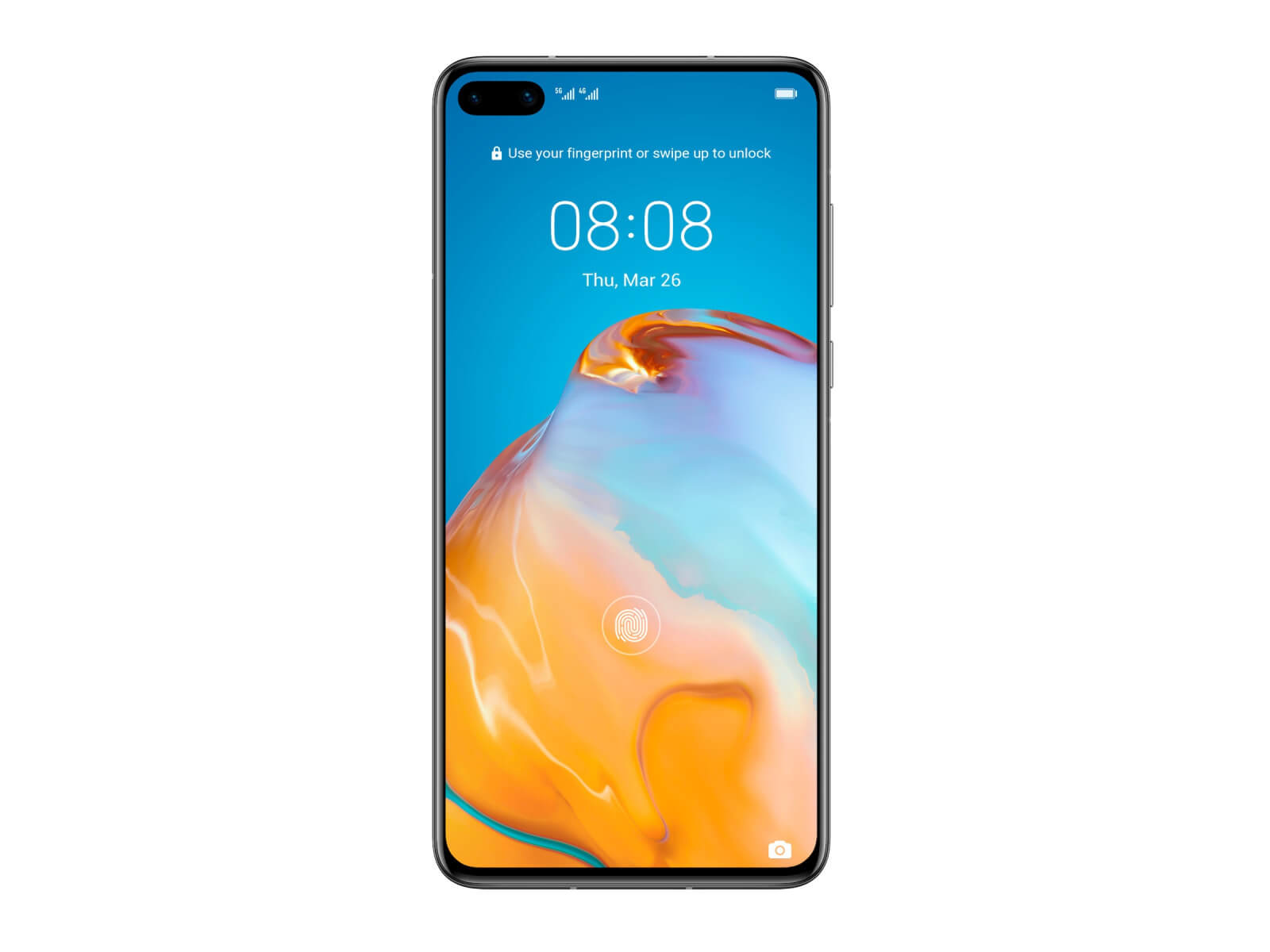


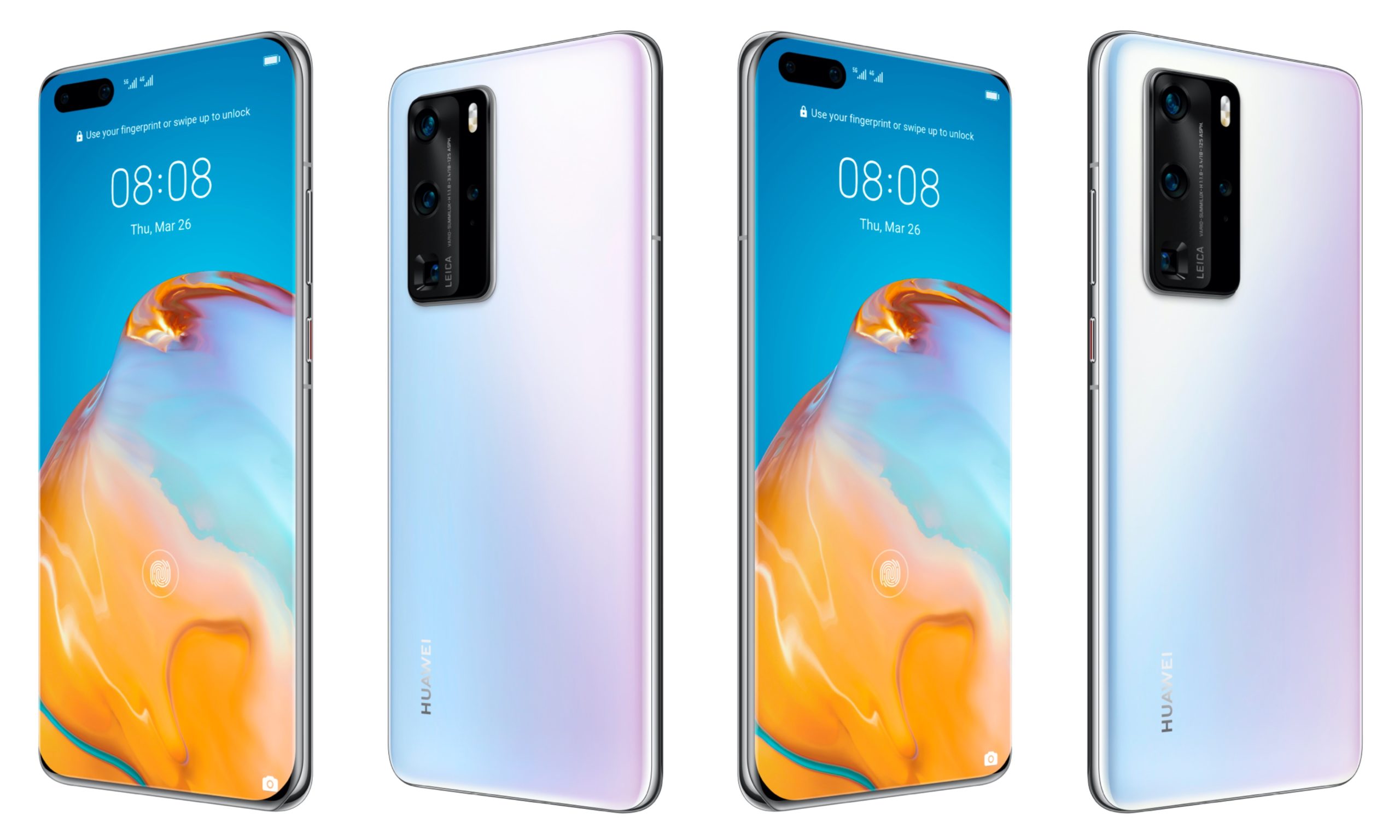


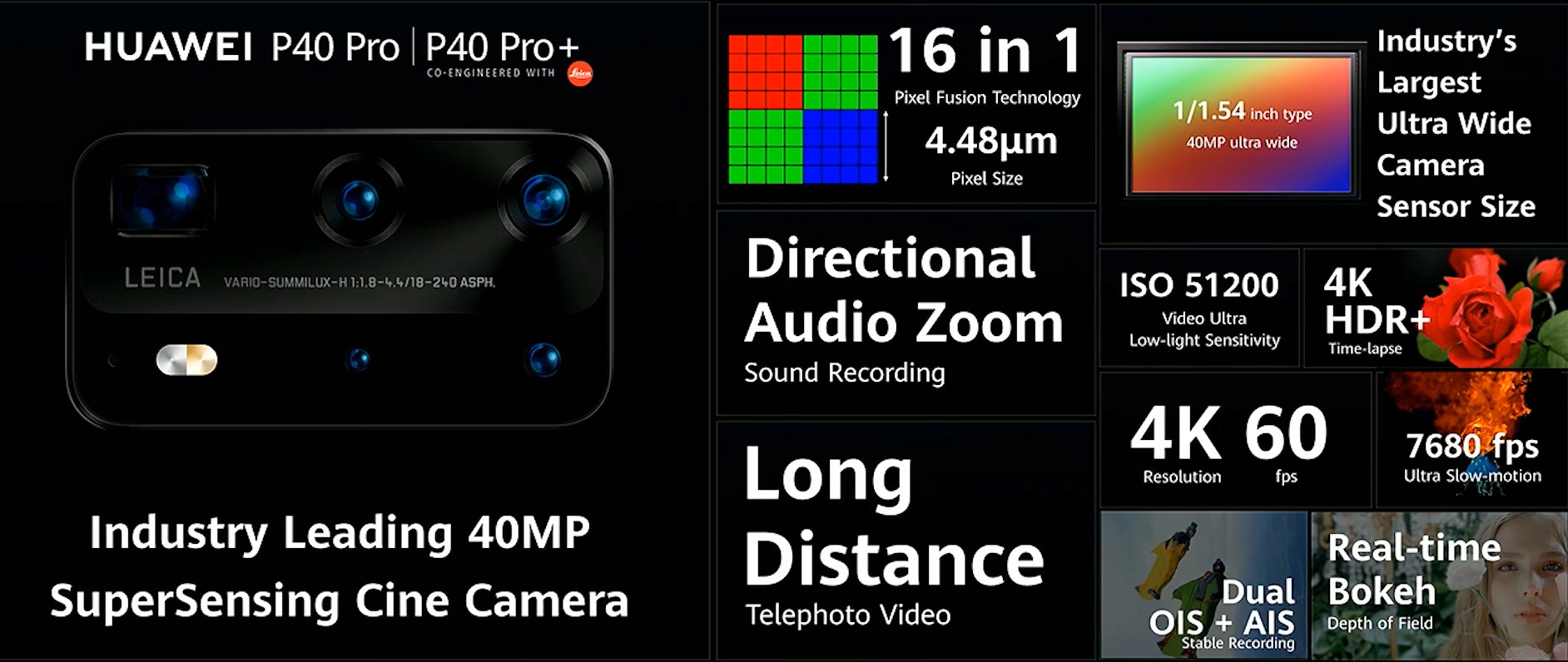
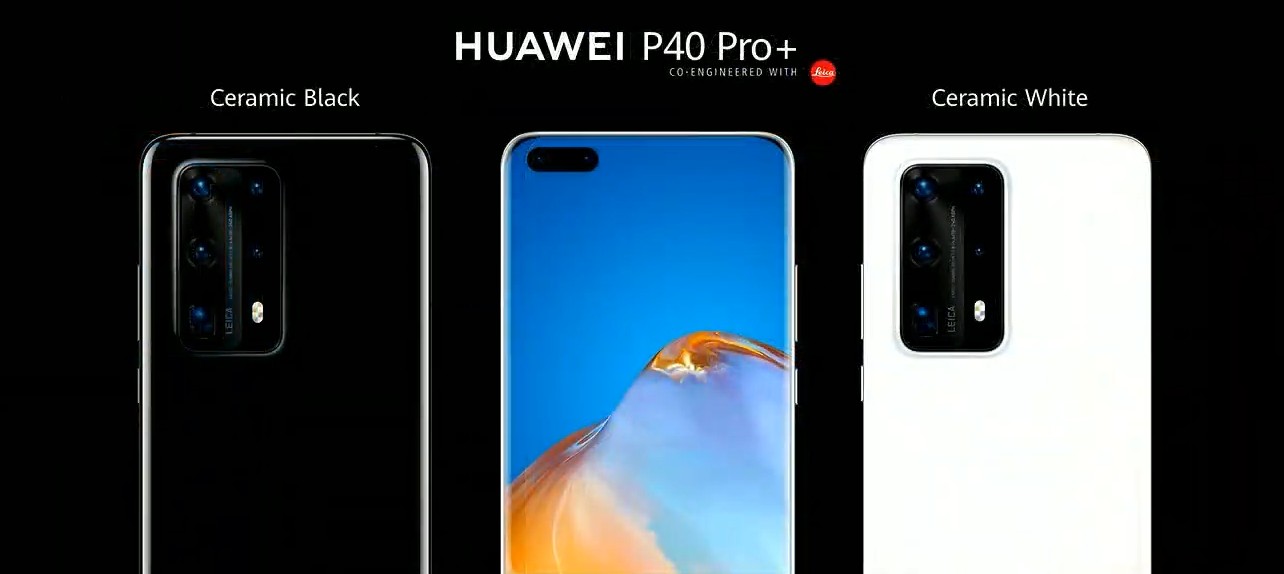
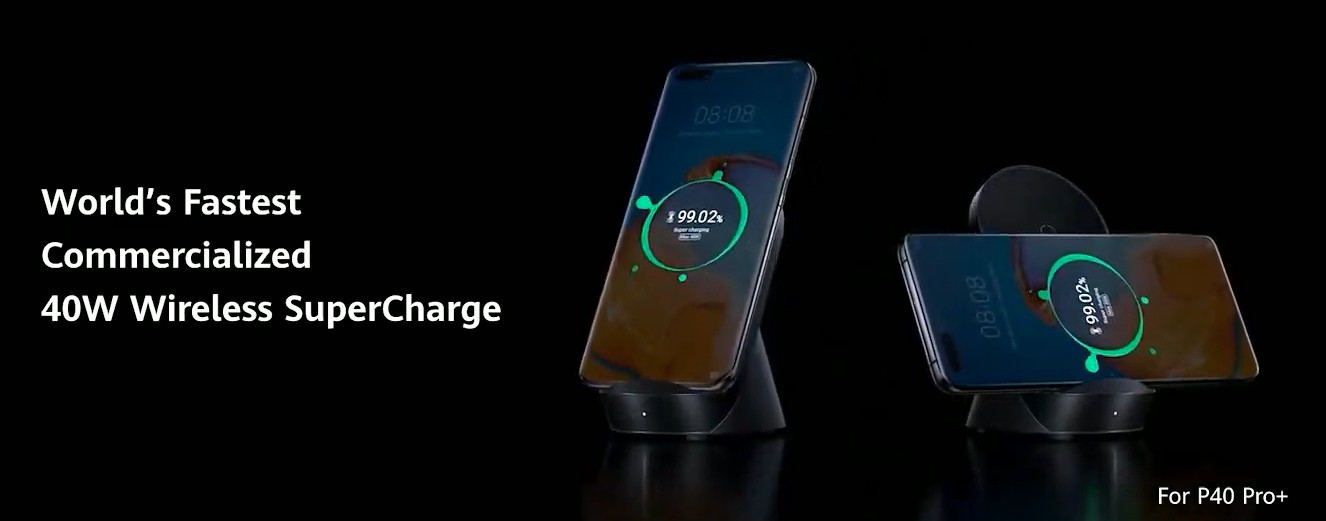
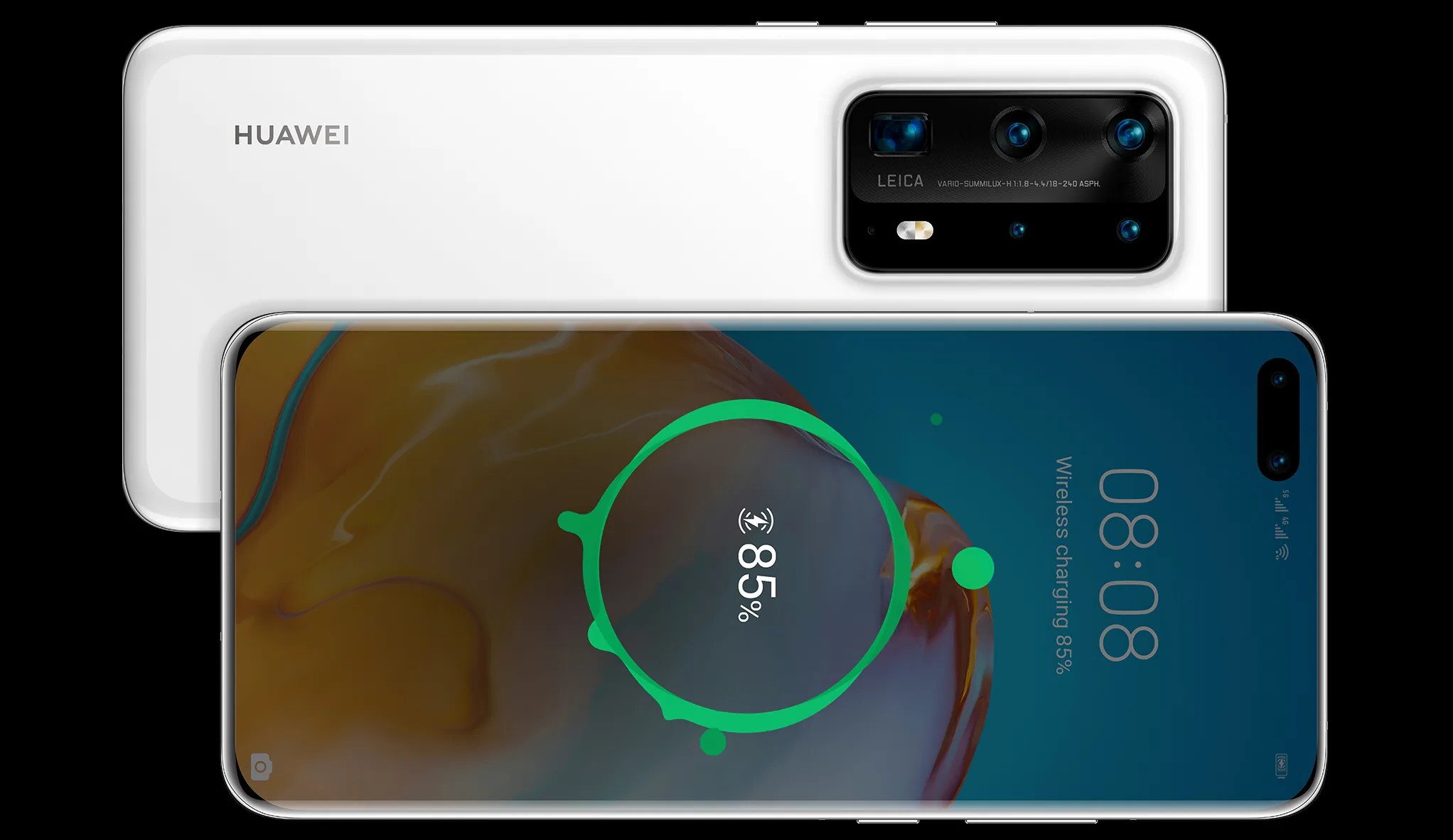
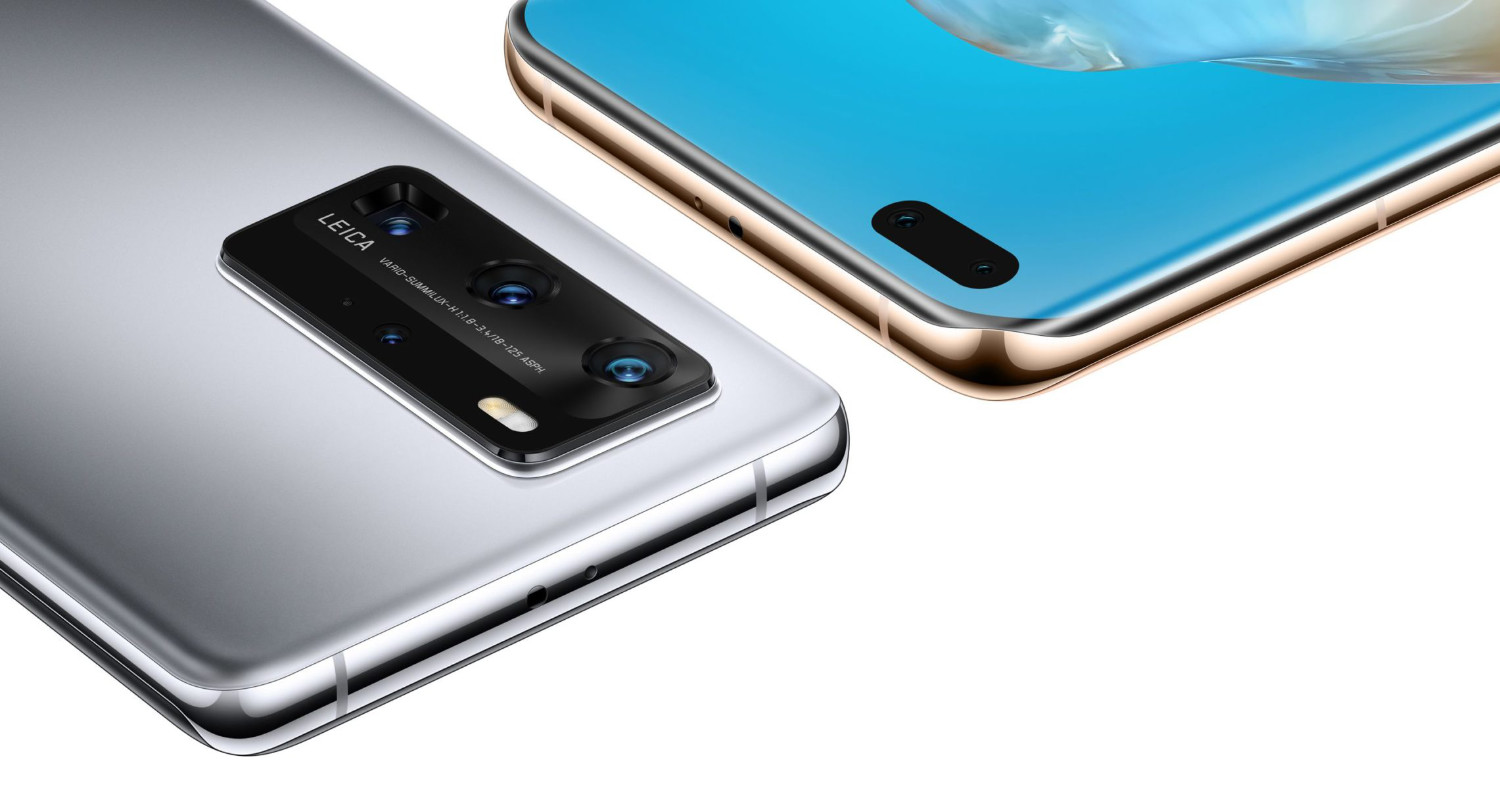
"It is necessary to realize that the majority of smart devices are manufactured in China, and if China stopped exporting some products, it could definitely hurt American or European companies."
Yes. But the one who gets the money from this will be China, so it will hurt them too.
The main thing is, part of the production is already moving to the surrounding "cheaper" countries anyway, and this step would only speed it up. As a result, mainly China would cry, which would cease to be the factory of the world within a short period of time. And this step would/will be irreversible.